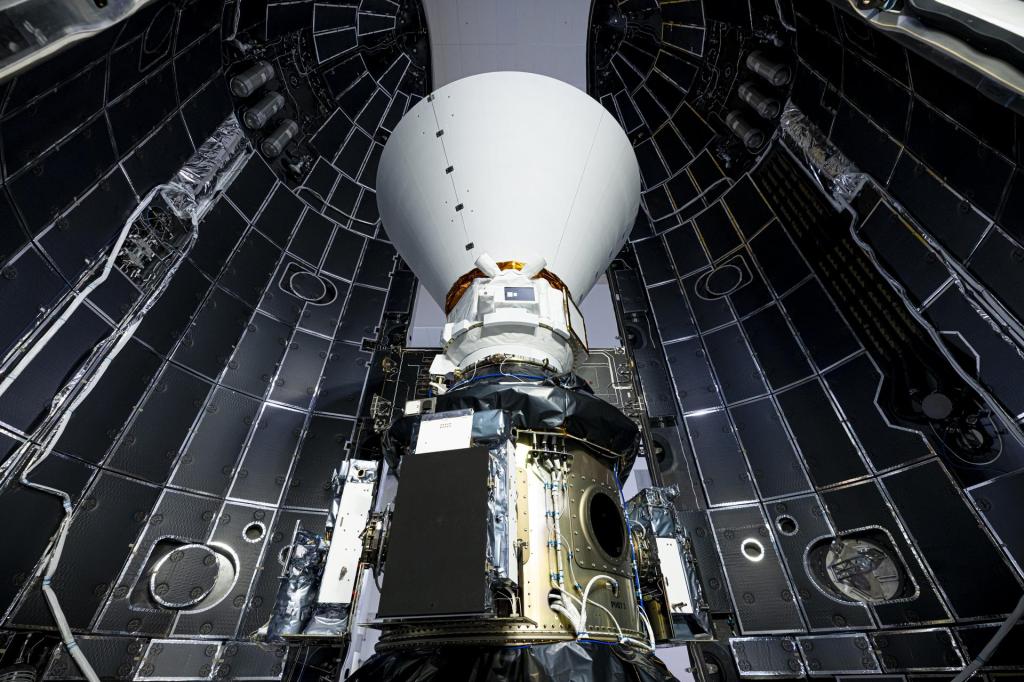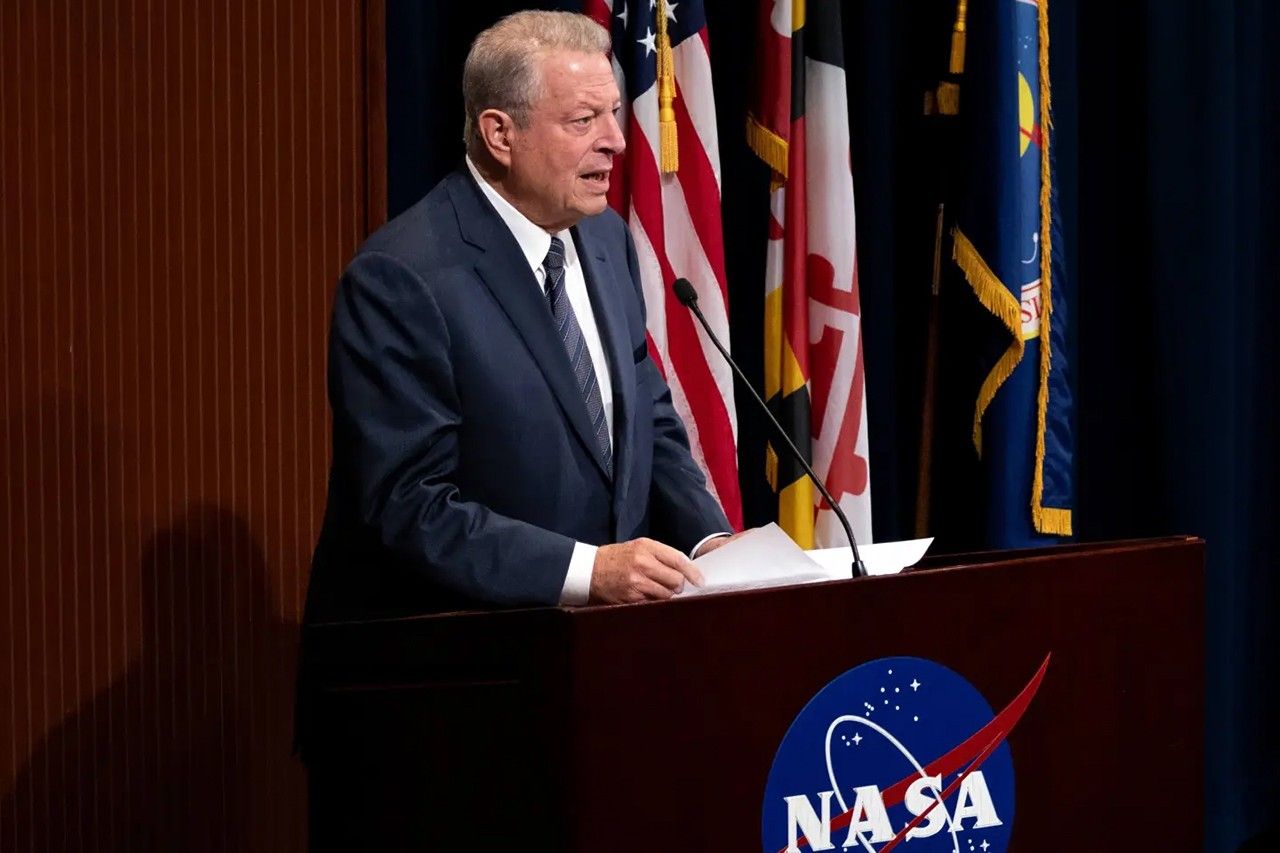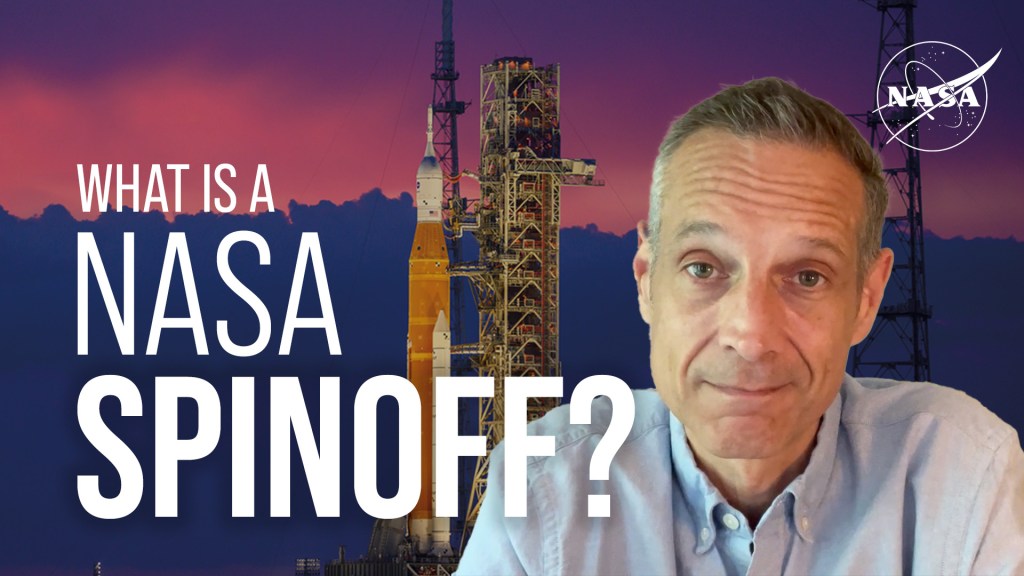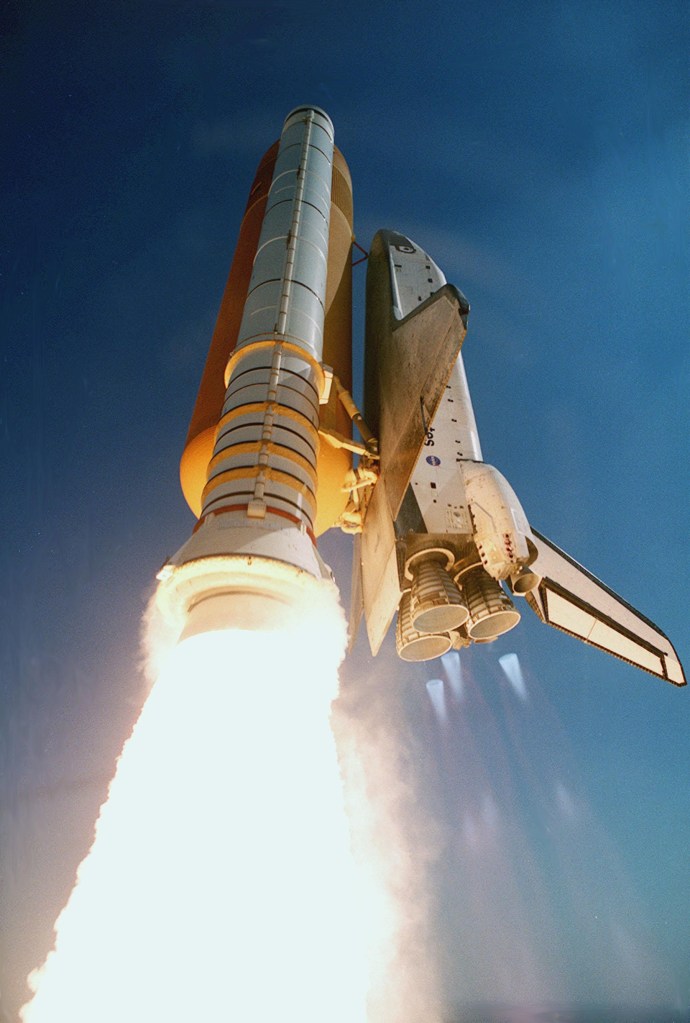
STS-77
The fourth shuttle flight of 1996 highlighted by four rendezvous activities with two different payloads. Primary payloads, all located in the cargo bay, were the SPACEHAB-4 pressurized research module; the Inflatable Antenna Experiment (IAE) mounted on Spartan 207 free-flyer; and a suite of four technology demonstration experiments known as Technology Experiments for Advancing Missions in Space (TEAMS). More than 90 percent of the payloads were sponsored by NASA’s Office of Space Access and Technology.
Orbiter
mission duration
Launch
Landing

Mission Facts
Mission: SPACEHAB; SPARTAN (IAE)
Space Shuttle: Endeavour
Launch Pad: 39B
Launched: May 19, 1996, 6:30:00 a.m. EDT
Landing Site: Kennedy Space Center, Florida
Landing: May 29, 1996, 7:09:18 a.m. EDT
Runway: 33
Rollout Distance: 9,291 feet
Rollout Time: 42 seconds
Revolution: 161
Mission Duration: 10 days, 0 hours, 39 minutes, 18 seconds
Orbit Altitude: 153 nautical miles
Orbit Inclination: 39 degrees
Miles Traveled: 4.1 million
Crew
John H. Casper, Commander
Curtis L. Brown Jr., Pilot
Daniel W. Bursch, Mission Specialist
Mario Runco Jr., Mission Specialist
Marc Garneau, Mission Specialist
Andrew S. W. Thomas, Mission Specialist
Mission Highlights
The fourth shuttle flight of 1996 highlighted by four rendezvous activities with two different payloads. Primary payloads, all located in the cargo bay, were the SPACEHAB-4 pressurized research module; the Inflatable Antenna Experiment (IAE) mounted on Spartan 207 free-flyer; and a suite of four technology demonstration experiments known as Technology Experiments for Advancing Missions in Space (TEAMS). More than 90 percent of the payloads were sponsored by NASA’s Office of Space Access and Technology.
SPACEHAB-4 single module carried nearly 3,000 pounds (1,361 kilograms) of support equipment and variety of experiments covering such fields as biotechnology, electronic materials, polymers and agriculture, including: Advanced Separation Process for Organic Materials (ADSEP); Commercial Generic Bioprocessing Apparatus (CGBA); Plant Generic Bioprocessing Apparatus (PGBA); Fluids Generic Bioprocessing Apparatus-2 (FGBA-2); Commercial Protein Crystal Growth (CPCG); Gas Permeable Polymer Membrane (GPPM); Handheld Diffusion Test Cell (HHDTC); Commercial Float Zone Furnace (CFZF); and the Space Experiment Facility (SEF). Also considered part of SPACEHAB payload complement but located in middeck lockers were IMMUNE-3 and NIH-C7 payloads. CFZF, sponsored by NASA and the German and Canadian space agencies, was considered top priority SPACEHAB-4 payload; designed to produce large, ultra-pure crystals of such semiconductor materials as gallium arsenide. FGBA-2, an on-orbit soft-drink dispenser, required some troubleshooting, and SEF experiment declared failed when command problems with payload could not be fixed.
Spartan free-flyer deployed on flight day two using orbiter Remote Manipulator System (RMS) arm. The 132-pound (60-kilogram) IAE antenna structure, mounted on three struts, was inflated to its full size of 50 feet (15 meters) in diameter, about the size of a tennis court. Potential benefits of inflatable antennas over conventional rigid structures include their lower development costs, greater reliability, and lower mass and volume requiring less stowage space and potentially a smaller launch vehicle. Actual on-orbit performance of the antenna — its surface smoothness — documented with cameras and sensors for later analysis. Deploy and inflation proceeded smoothly and IAE jettisoned 90 minutes later. On flight day three, Spartan 207 pallet returned to orbiter cargo bay.
Satellite deploy and rendezvous activities also conducted with Passive Aerodynamically- Stabilized Magnetically-Damped Satellite (PAMS), one of four Technology Experiments for Advancing Missions in Space (TEAMS) research payloads. TEAMS payloads located in Hitchhiker carrier in payload bay. Satellite Test Unit (STU) on PAMS deployed on flight day four. Three orbiter rendezvous conducted with satellite from a distance of 2,000-2,300 feet (610-701 meters) away to acquire satellite attitude information. STU relied on aerodynamic stabilization rather than attitude control propellants to properly orient itself. After some difficulty, Attitude Measurement System (AMS) in payload bay successfully locked onto satellite and began accurately tracking it, with initial indications showing that concept of propellant-free aerodynamic stabilization works.
Other TEAMS experiments were Global Positioning System (GPS) Attitude and Navigation Experiment (GANE); Vented Tank Resupply Experiment (VTRE) and Liquid Metal Thermal Experiment (LMTE).
Secondary experiments included Brilliant Eyes Ten Kelvin Sorption Cryocooler Experiment (BETSCE), an instrument designed to supercool infrared and other sensors through cyclical release and absorption of hydrogen; Aquatic Research Facility (ARF), a joint Canadian Space Agency/NASA project that allows investigation of wide range of small aquatic species, including starfish, mussels and sea urchins; Biological Research in a Canister (BRIC 07) to study endocrine functioning; Tank Pressure Control Experiment/Reduced Fill Level (TPCE/RFL) to develop pressure control for cryogenic tankage; and series of experiments flying in Get Away Special canisters.
Casper spoke with Mir cosmonaut and U.S. astronaut Shannon Lucid, who was entering her 65th day aboard the Mir space station.
No significant on-orbit problems with the orbiter were reported.
STS-77
Shuttle News
Retired Space Shuttle Locations
Shuttle Atlantis – Kennedy Space Center Visitor Complex Shuttle Discovery – Steven F. Udvar-Hazy Center Shuttle Endeavour – California Science…
Read the Story














































